Singapore is a land of talented chefs who continue to push the boundaries of fine-dining experiences. But what does it take to stay at the top of the culinary game? We ask three celebrated chefs how they earn and keep their Michelin stars.
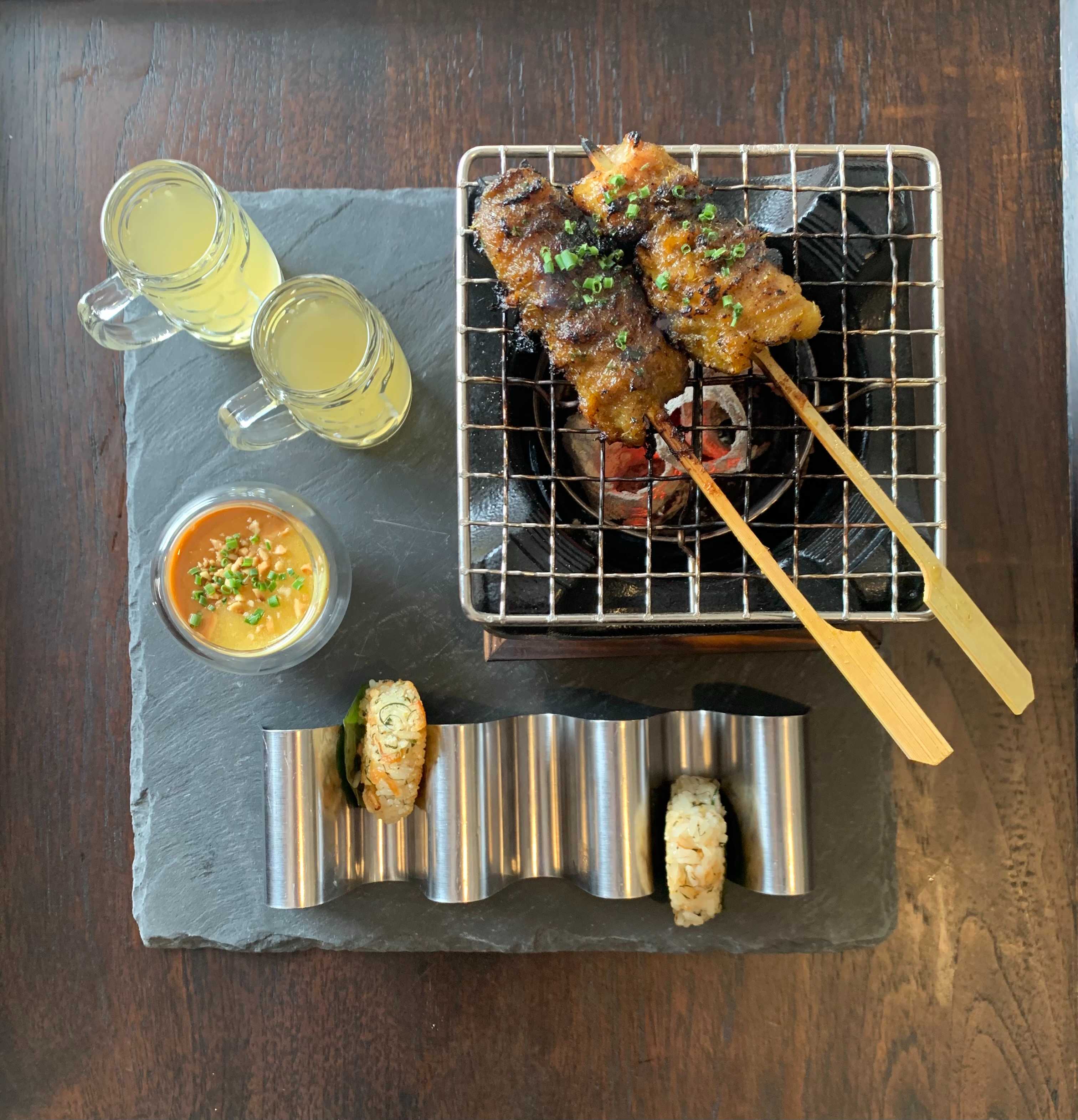
There’s no denying the fact that Singapore is a food-obsessed haven with an increasing plethora of talented chefs and culinary stalwarts worthy of everything from Michelin Plate and Bib Gourmand eateries to just as many star-studded restaurants.
Despite last year’s awards hiatus, the Michelin Guide Singapore 2021 edition proved how central food is to us, with a total of 60 Michelin stars being awarded islandwide. We speak to three renowned chefs to find out just what it takes to not only earn that star, but how to keep it and to painstakingly earn yet one more.
CHEF-OWNER HAN LI GUANG, RESTAURANT LABYRINTH
Restaurant Labyrinth is a one-Michelin-starred restaurant that not only elevates local favourites but presents every dish with sustainability in mind, with 90 percent of the produce used in the restaurant being sourced locally.
What does it take to earn and keep that coveted star?
First and foremost, it’s the quality of cooking. We have to be cooking at a level of perfection, especially for a fine-dining restaurant like Labyrinth. Next is consistency, we can’t be cooking really good food today and then not meeting that same level of quality tomorrow. Cliched as it is, passion is also a big part of the equation. You’re only as passionate as the trade-offs on the scale. As chefs, passion drives us to perfection and to create quality dining experiences; it means that some of our decisions might not always make commercial sense – it might eat into our margins, or it might be a hassle for operations – but we do it to deliver the best for our guests and to give us an edge over what others can deliver. At the end of the day, the guide is refreshed every year and so every year, we have to work hard to earn the star.
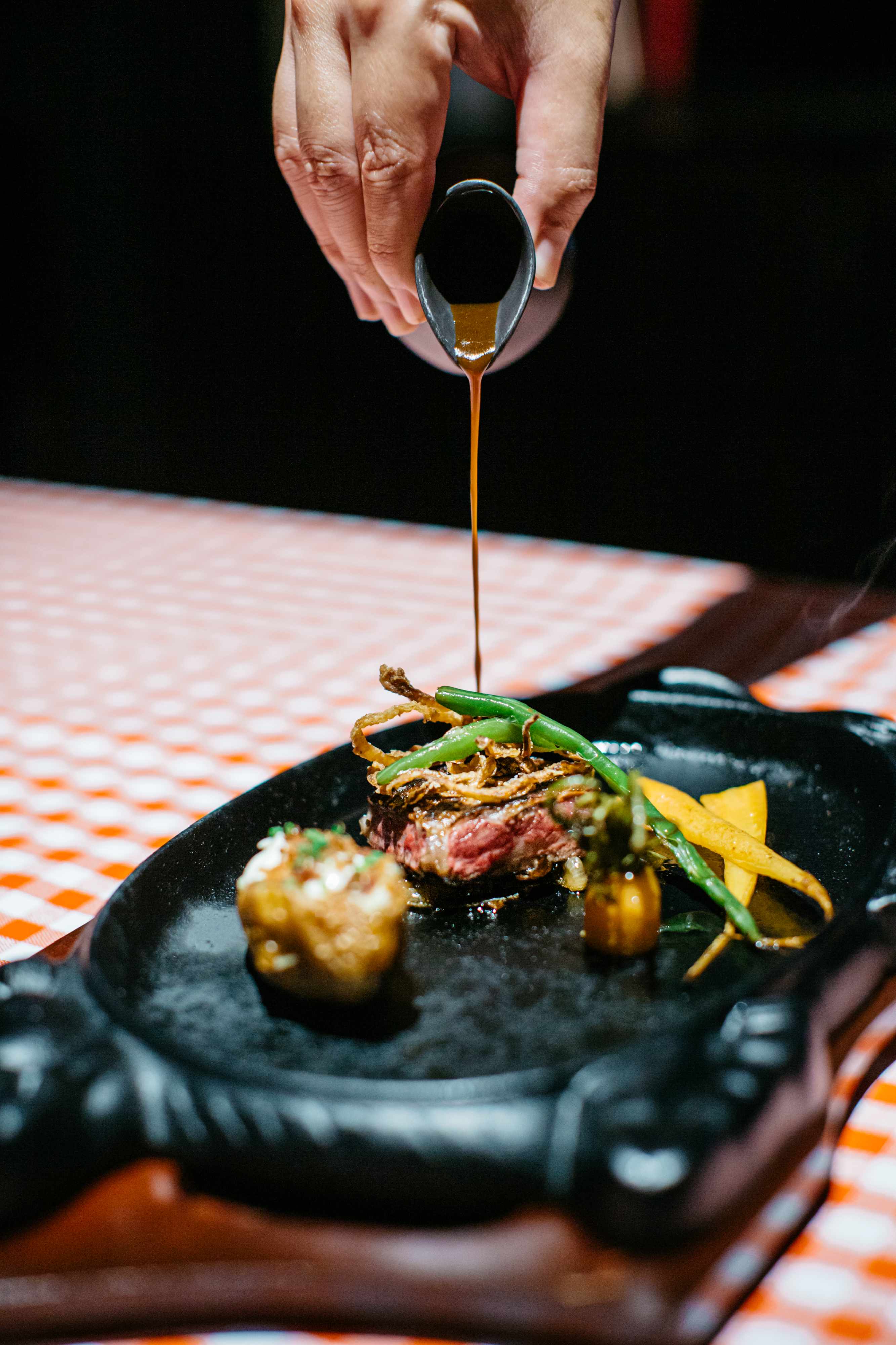
How have you pivoted your dining experiences amid these challenging times?
We have definitely pivoted. Prior to the pandemic, our guests were mostly tourists. Today, they are locals and locally based expats, so it’s more challenging to sell Singapore food to them. They are already connected to local cuisine, and since it is food that their grandparents or parents whipped up at home or ate at a hawker centre, this has pushed us to think more creatively. There’s definitely pressure to raise the bar on new Singapore cuisine, which to me is a mix of local produce and flavours, blended with storytelling. So instead of going back to hawker food, I started to draw inspiration from memories of my grandfather and my Hainanese roots.
Take for example, the Hainanese 3-Cut Pork Satay with Nasi Ulam “Ketupat” and Yin Yang Pineapple Satay Sauce. Pork satay being so popular. I thought it would be fun to challenge myself to make the best pork satay, a traditional Hainanese dish. While local pork tends to be older, tougher and chewier, I wanted to see how I could elevate its qualities and bring out the best flavours. I use three different cuts of local pork, sliced thinly on each skewer – cheek, shoulder, underarm – together with local eggplant to achieve perfect balance in texture. I pair it with a quintessential Hainanese-style satay sauce with pineapple puree and a nasi ulam ketupat (rice cake) with six types of local herbs and sakura ebi wrapped in local kaduk leaf.
Another aspect of sustainability is preserving our heritage. I will share my grandfather’s story here. He owned and operated Cairnhill Steakhouse in the late 1960s, one of the first steakhouses in Singapore to showcase premium beef on a cow-shaped sizzling plate. To recreate this memory and as a tribute to him, An Ode to Cairnhill Steakhouse features an A4 Wagyu Striploin paired with Hainanese-style Red Wine Sauce, served on a traditional cow-shaped sizzling plate. Adding an element of interactivity, it comes with an edible red candle (made from beef fat), a brioche dinner roll, and checkered red and white tablecloth, just like how the dish was served in the past.
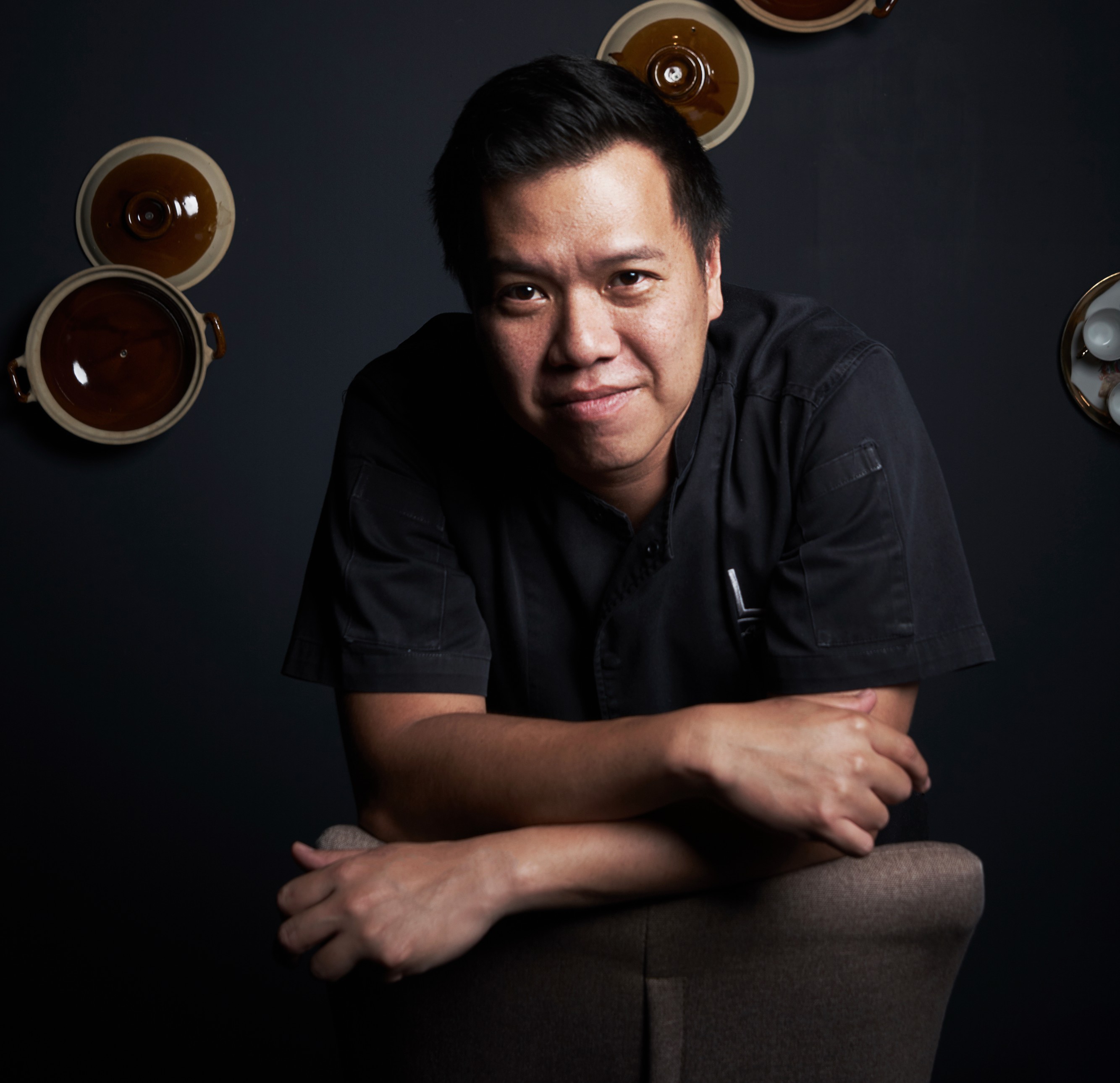
Post-pandemic, I believe that we’ll continue to grow at Labyrinth. I see myself diving deeper into my roots to bring a whole new level of experience for my diners, transporting people to different settings and telling the Hainanese food story in a sensible manner, with dishes and heritage flavours that reflect my childhood memories.
What advice would you give to up-and-coming chefs that have yet to earn a star?
Don’t let the stars define your occupation, profession, or who you are. Awards are just one form of validation. I believe that validation from our customers is more important and that’s why the inspection process for the Michelin Guide is having people come in anonymously as customers. And to have happy customers, the chef has to be cooking happily. So, focus on yourself, your craft, and what you want to and like to cook. And then work very hard at it, not just for the awards but because it’s what you love to do. In sum, live and breathe this industry.
EXECUTIVE CHEF KIRK WESTAWAY, JAAN BY KIRK WESTAWAY
JAAN by Kirk Westaway is a newly minted two-Michelin-starred restaurant known for its modern reinterpretation of British gastronomy through an inventive culinary lens.
Is getting a second star just as hard as getting the first one, or harder?
It is an incredible honour to be awarded two Michelin stars, and to be part of Singapore’s most prestigious list of gourmet restaurants. Given the unpredictable and challenging year that we’ve had, we kept to our daily dedication, continuing to put our hands and hearts to where our passion lies. We were hopeful in retaining our star, but the second star was admittedly a wonderful bonus and a very appreciated affirmation. We’re constantly evolving and refining the experience for our guests. From the wine list to the attentiveness and professionalism of the service team, to the placement of the flowers in the room; I check everything personally to ensure a seamless experience from the moment guests enter JAAN till the time they leave. The elevation from one to two stars is a tremendous achievement which means a lot to us. It fills me with extreme pride and joy to be recognised for the enduring commitment to putting a definitive mark on modern British cuisine.
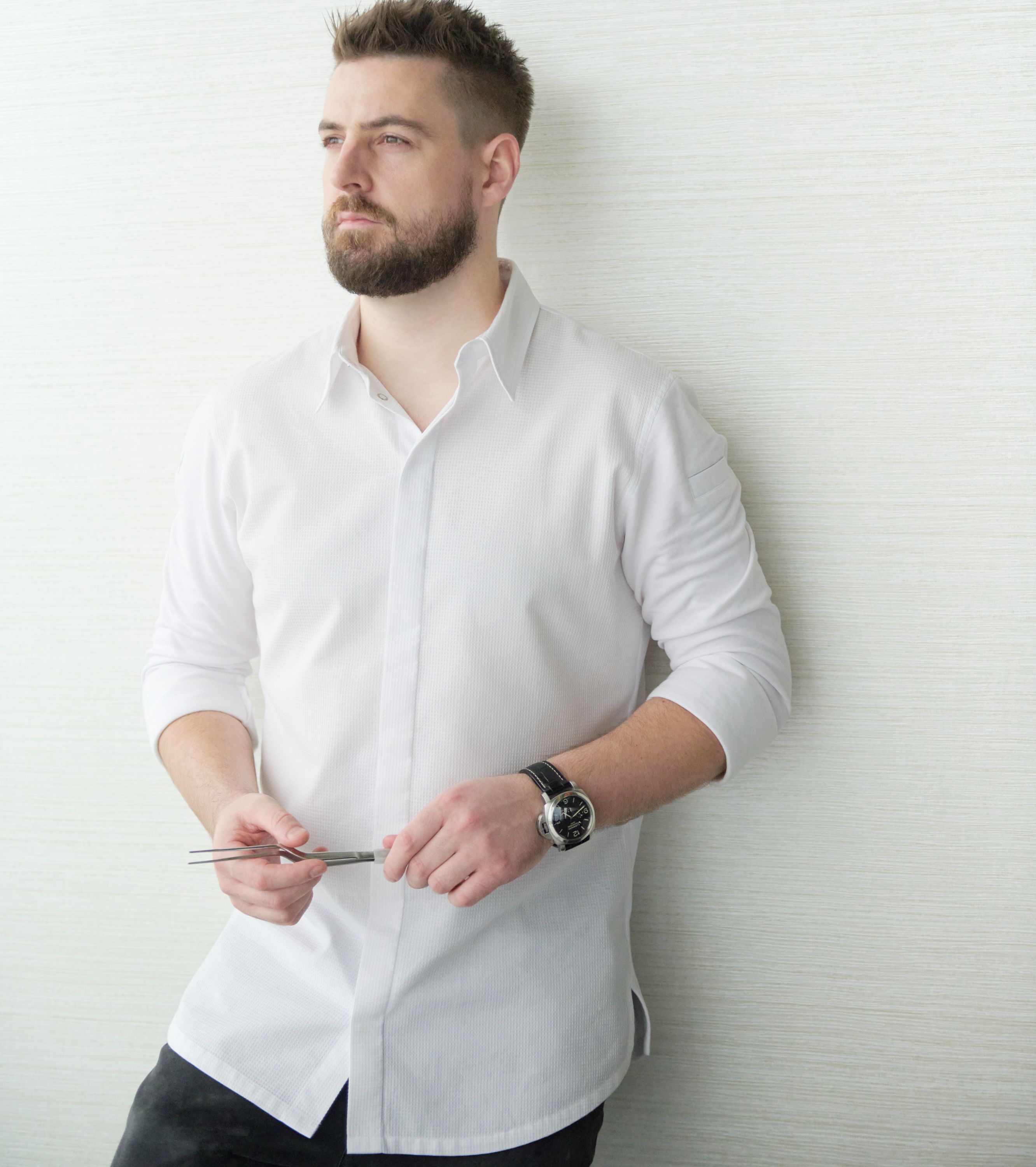
What does it take to keep that coveted star?
Hard work, dedication and a solid team. Achieving this milestone wouldn’t have been possible without my very dedicated and talented team. They’ve demonstrated unwavering passion to create one of the finest gastronomic experiences in Asia. We work alongside each other, standing shoulder to shoulder over countless lunch and dinner services, to deliver the highest culinary service standards and exceptional experiences for our guests. Earning the second star doesn’t mean we will rest on our laurels. In fact, it has propelled my team and I to push ourselves even further and scale greater heights to ensure JAAN continues to leave an indelible mark on our guests’ dining experience. Every herb, flower, fish and meat has to be perfectly consistent and delicious.
What drives you as a chef?
Beyond the awards, I’m driven by the desire to shape and define modern British cuisine in a fine dining environment, to give it the credence and appreciation it so deserves. I’m deeply passionate about putting a definitive mark on British cuisine through a “Reinventing British” philosophy and changing people’s perceptions of what it represents. I will continue to spotlight artisanal and craft UK produce in my culinary creations to give them a platform to shine at JAAN by Kirk Westaway, which they so deserve.
How have you pivoted your dining experiences amid these challenging times?
The quieter months early on in the pandemic really afforded us the opportunity to recalibrate, assess and refine everything we do. With the new normal, people are craving experiences and looking to reward themselves for the past 20 challenging months. From service to the culinary dishes, we are constantly exploring ways to elevate the experience in a way that will touch and engage with our guests to create meaningful moments and wonderful memories.
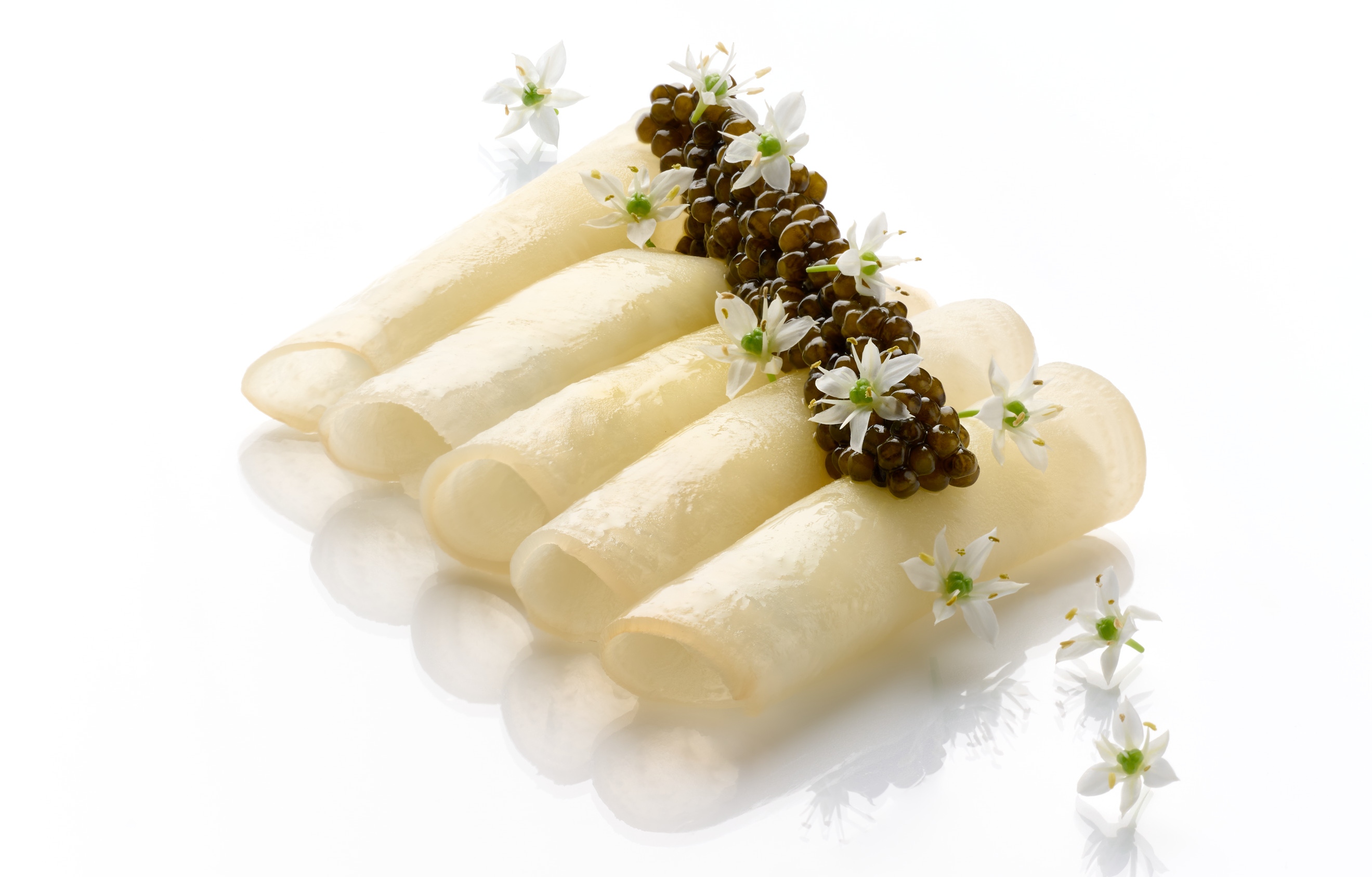
You often say “work for passion and not the glory” – what other advice do you give young chefs?
The journey is fraught with challenges but the spirit to have is to embrace it all and remain committed. My advice is to always stay humble, work hard and never get complacent. It’s important not to be solely focused on the awards, but on learning and improving your skills. As it has been famously said, success is not a destination, it’s a journey. Lastly, always respect feedback, but also trust yourself and your gut instinct first, because you’re the one behind the stove and designing the menu.
EXECUTIVE CHEF SEBASTIEN LEPINOY, LES AMIS
Les Amis is a three-Michelin-starred restaurant serving French haute cuisine in an elegant modern setting. It has been on the Michelin Guide since 2016 and earned its third star in 2019.
Does earning the stars always come down to sheer hard work and determination?
In my opinion, there is no special formula to maintaining three Michelin stars. The key is to just be consistent every day, at every lunch and dinner service. As for growing the number of stars, the priority should always be the quality of ingredients used. Thereafter, I believe that chefs need to focus on the identity of their cuisine and be conscious of value for quality. I can guarantee that with hard work comes success.
.jpg)
Is it harder to earn that first star or is it harder to maintain three stars?
It’s certainly much more difficult to maintain three stars! I believe that with a good selection of ingredients and simply outstanding cooking, earning the first star is definitely possible.
What motivates you as a chef?
In my experience, translating my knowledge, techniques and culinary philosophy to my team is one of the most defining factors that keep me motivated. This is also why the opportunity to mentor young aspiring chefs motivates me as a chef. To share my stories and personalities is one of the reasons why I have started working with my team to create a collection of cookbooks that share my culinary philosophy of French Haute Cuisine, which I hope will be published one day and can be shared with guests and friends.
How have you pivoted your dining experiences amid these challenging times?
Times have been evolutionary, and my team and I worked hard to maintain and develop our dining experiences, using the opportunity to improve. In the back-of-house, we did more R&D to create new and innovative dishes. In the front-of-house, we underwent a restaurant refurbishment, further developing the intimate and immersive identity of Chef’s Table while adding another feature to the room with the new merchandising chiller. This chiller features cheese, caviar and ice creams that are available for takeaway so guests can still enjoy a little part of Les Amis in the comfort of their home.
You have often been described as the protégé and right-hand man of legendary chef Joël Robuchon. What is the most important thing he has passed on to you?
One important piece of advice that chef Joël Robuchon has passed down to me would be the importance of respecting produce. He never married more than three flavours in one dish. It was Robuchon’s art of enhancing the taste of each ingredient without complicating the beauty of the ingredient.

You’ve often mentioned earning that “fourth” star
There is no limit. We are always trying to improve and striving to be better every day. We must continue to work hard to maintain the highest standards of quality at Les Amis Restaurant. We strive to provide our guests from all around the world with the best service that we can offer.